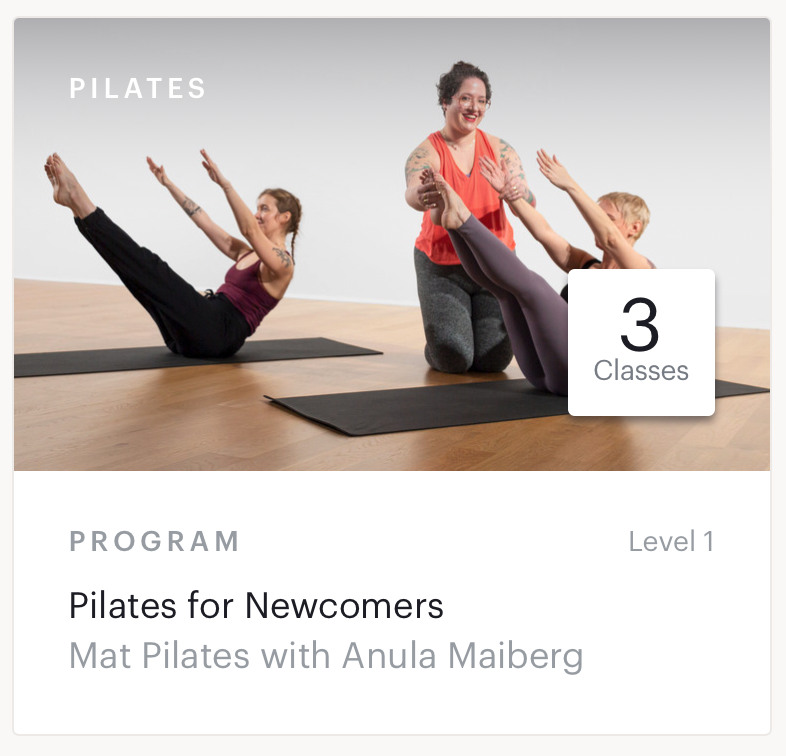If you’ve been practicing yoga your whole life, why should you be interested in trying out Pilates, a seemingly entirely different fitness modality?
In truth, yoga and Pilates have more in common than you might think. Especially if you’re looking to build more body awareness, strength, and mental acuity, Pilates may have a lot to offer. Common misconceptions about Pilates are that you have to be hooked up to a pricey contraption with a dozen pulleys in order to practice, or that Pilates is just for women or dancers, or even that Pilates is only for those who don’t care about their spiritual practice and only want a workout. But Pilates is not really any of those things, and it offers so much more to both our bodies and our minds.
Joseph H. Pilates founded his unique fitness method in the mid-twentieth century, stating that it provided both mental and physical conditioning and that, if practiced diligently, would enable us to feel the power of living to our fullest potential. Joe’s integrity in the development of Pilates was not just because he was serious about a strong core or good posture, but because he truly believed in the power of the mind to facilitate great control–and thus ease–in other areas of life. He borrowed techniques he had picked up from studying yoga, Zen meditation, tai-chi, ancient Roman and Greek exercises, body-building and more. He tested and recorded every kind of exercise he could find to develop the most pristine form of physical therapy the modern world had yet seen.
The mind, when housed in a healthful body, possesses a glorious sense of power.”
-Joseph Pilates
A main principle of Pilates is the focus on the “Powerhouse”, a term coined by Joe that refers to the group of muscles that support the spine–the abs, low back, inner thighs, and buttocks. These muscles are engaged before any movement actually takes place, and most Pilates movements are slow and deliberate, so as to remain focused on keeping the muscles engaged. By paying keen attention to the Powerhouse muscles while in motion, we cultivate deep internal focus, also known in yoga as one-pointed focus. Our awareness drops into the micro-movements of the body, bringing the mind into crisp attention. Similar to the effects that yoga and meditation have on our ability to manage stress and reduce distraction, Pilates can bring us to that state of bliss that results from prolonged and steady mental focus. Again, from the outside it may seem like Pilates is beneficial solely for the physical aspects, but in truth, it was always meant to foster this deep mind-body connection.
What about the machinery that is often used in Pilates classes? Are they necessary for your practice? Just like yoga, there are many schools that emerged out of the original Pilates concept, some of which use different apparatus such as the well-known Pilates reformer. Other forms can be practiced on a mat, however, with little or no props. While it might be worth investing in props eventually, you can still get a powerful workout without any at all.
While Pilates may feel different from yoga at first, the way you feel after might rival that blissful feeling at the end of your favorite yoga or meditation class. Give it a try with one of these programs:

The perfect introduction to Pilates for strong, active yogis, this Mat Pilates 101 program covers the foundations while delivering a challenging workout.

If you’re just beginning your practice or returning after an injury, this Pilates for Newcomers program will breakdown the essentials in a gentle, accessible way.



